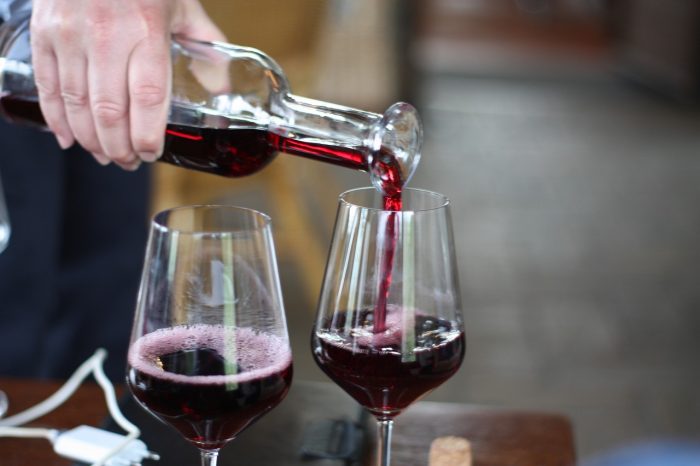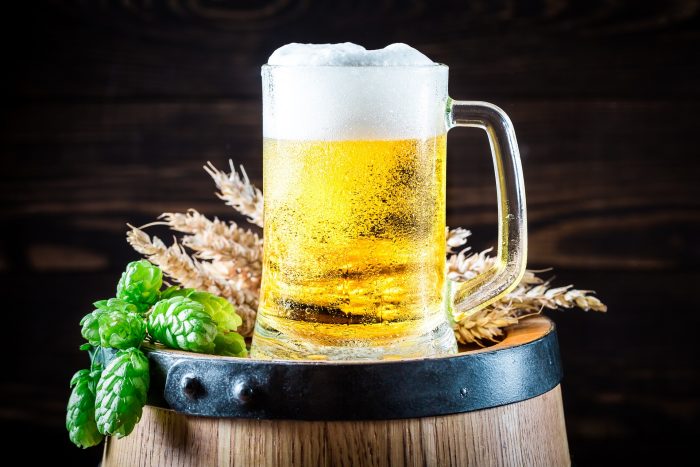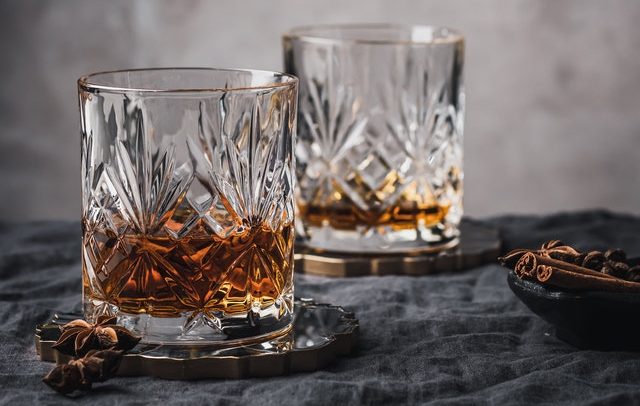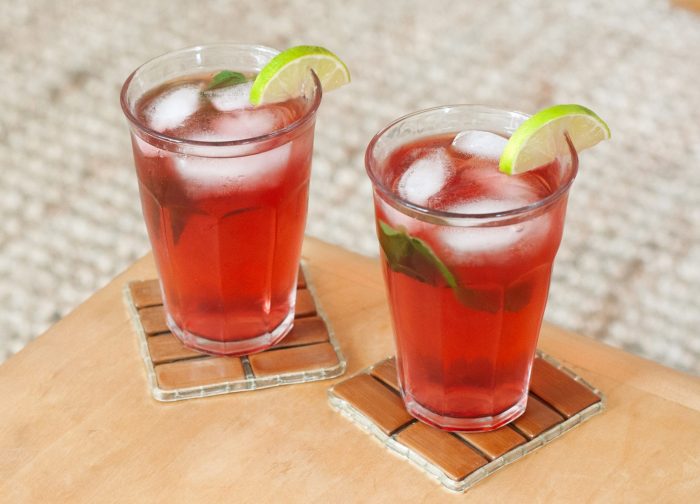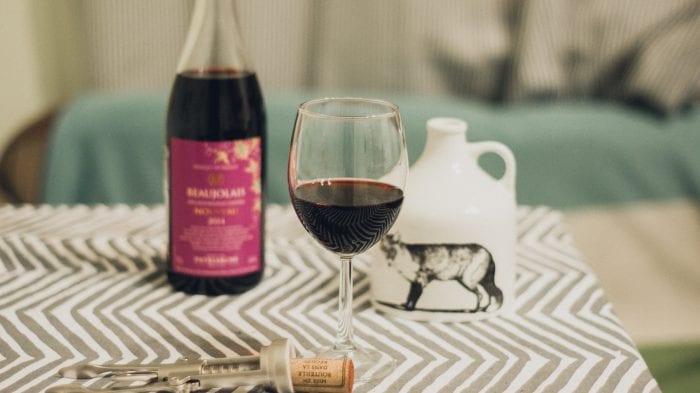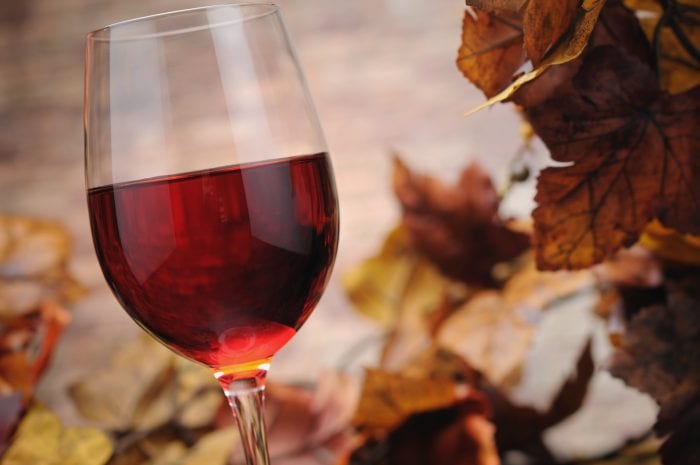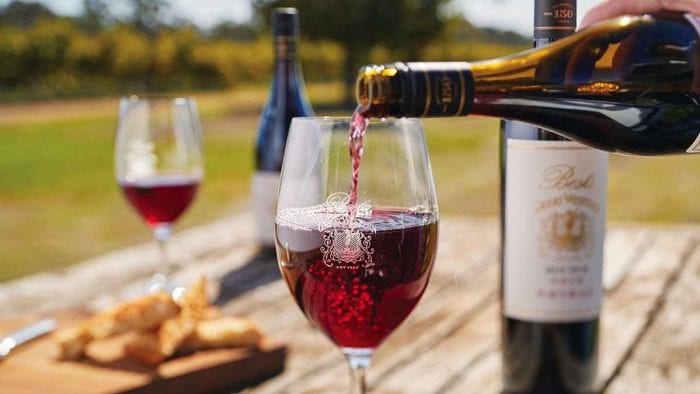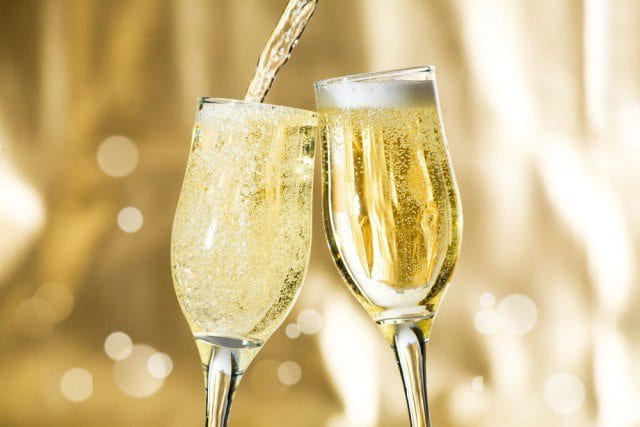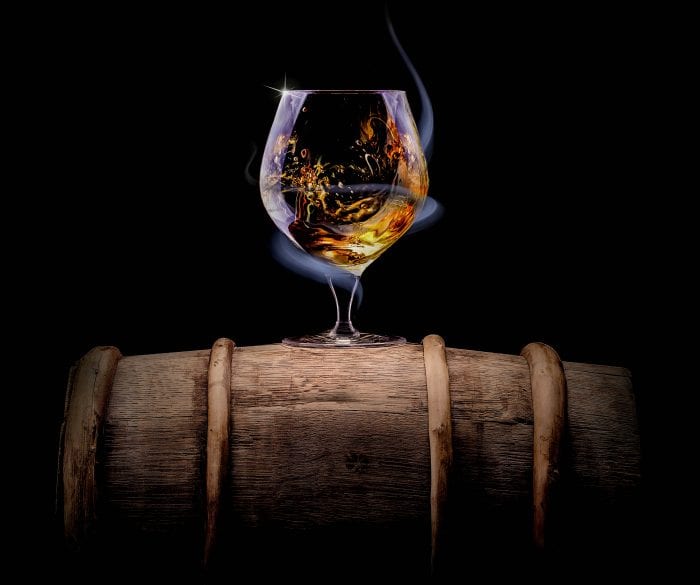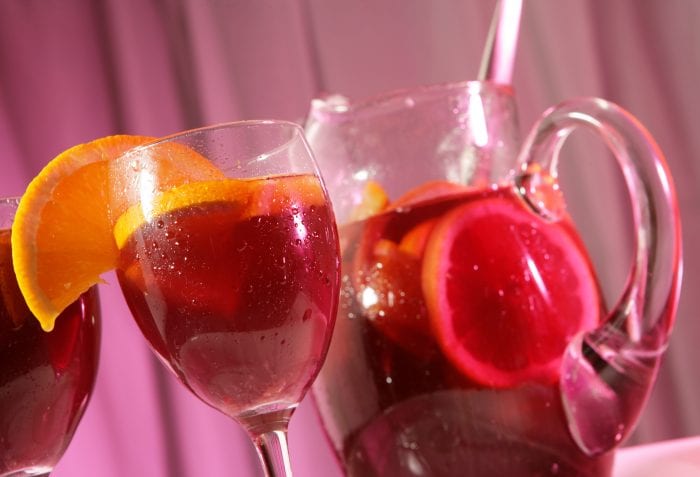By Bob Lipinski

It was over 30 years ago that the Dean of Italian Wine Writers, Burton Anderson, when writing about world-class grape varieties, decreed that France has Cabernet Sauvignon, Chardonnay, and Pinot Noir, and Germany has Riesling, but Italy, has three that the others do not: Aglianico, Nebbiolo, and Sangiovese. Let’s take a look at them.
Aglianico: A thick-skinned, high acid red grape variety, which according to legend was brought to Italy by ancient Greek settlers around 800 B.C. However, there is no evidence to support that hypothesis. The Aglianico grape is grown in southern Italy: Apulia, Calabria, and Molise, but flourishes in Basilicata and Campania. Aglianico is used in more than a dozen DOC wines and three DOCG wines, Aglianico del Taburno, Aglianico del Vulture, and Taurasi.
Sensory characteristics of Aglianico include: Intense ruby-red color, distinctive complex fragrance, and flavor of berries (blackberry, cranberry, raspberry), black currants, cherries, red licorice, and plums, with nuances of bitter chocolate, black pepper, leather, truffles, violets, and earth.
Nebbiolo: A thin-skinned, high acid red grape variety grown principally in Piedmont. Nebbiolo produces wines that are usually rough and tannic when young but with age evolve into wines of extraordinary power, depth, and complexity. The Nebbiolo grape doesn’t provide a lot of color to the wine, which accounts for the sometimes orange or brick color. Nebbiolo is used to produce Barolo, Barbaresco, Gattinara, Ghemme, Roero, and many other wines.
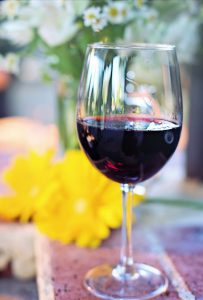
Sensory characteristics of Nebbiolo include: Ruby-garnet color that mellows into orange. An intense bouquet and flavor of berries (blackberry, cranberry, mulberry), cherry, jam, and dried fruit, along with almonds, black pepper, black tea, cedar, cinnamon, coffee, licorice, mint, mushrooms, nutmeg, plum, spices, and an earthy bouquet of forest leaves, truffles, and violets.
Sangiovese: A thin-skinned, high acid red grape variety grown in most of Italy’s 20 wine-producing regions. It is grown principally in Tuscany where it produces Chianti, Brunello di Montalcino, Morellino di Scansano, Vino Nobile di Montepulciano, Carmignano, and many other wines. Its name is believed to come from Sanguis Jovis, Latin for Jupiter’s Blood. Sangiovese is also known as Brunello, Morellino, and Prugnolo Gentile.
Sensory characteristics of Sangiovese include: Aromas and flavors of berries (blackberry, blueberry, cranberry, mulberry, raspberry, strawberry), black pepper, black tea, chestnut, jam, fennel, licorice, mint, mushroom, nuts (almond, hazelnut), plums, red currants, and sour cherry, with a bitter-almond aftertaste. Hints of balsam, cinnamon, lavender, leather, sage, and violets.
There are many world-class grape varieties … you just need to know where to look!
Bob Lipinski is the author of 10 books, including “101: Everything You Need To Know About Whiskey” and “Italian Wine & Cheese Made Simple” (available on Amazon.com). He consults and conducts training seminars on Wine, Spirits, and Food and is available for speaking engagements. He can be reached at www.boblipinski.com OR [email protected]

